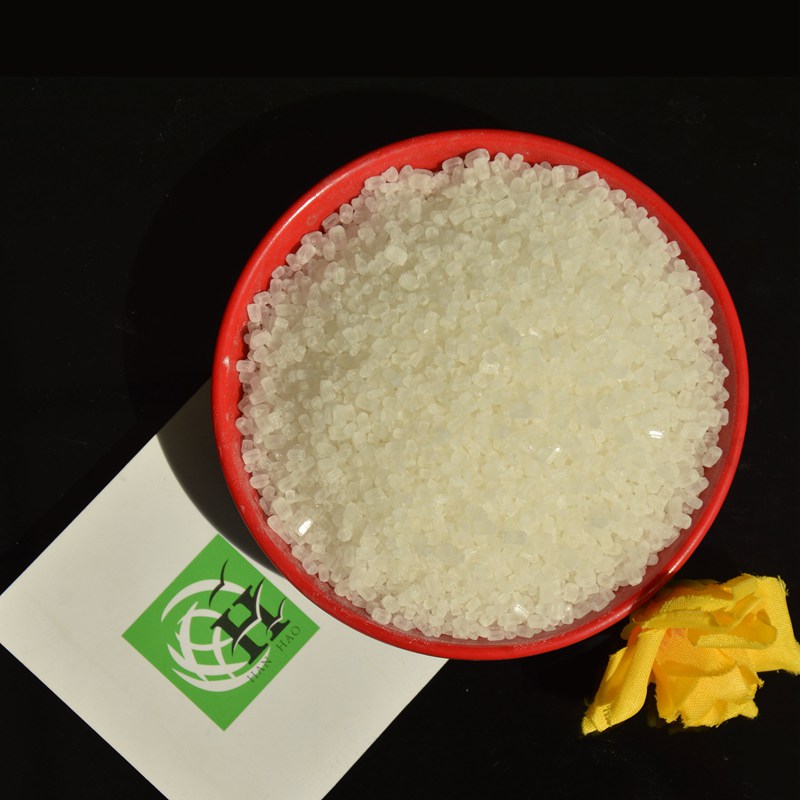
Aug . 06, 2024 13:26 Back to list
Exploring the Benefits and Uses of Water-Soluble Phosphate Fertilizers in Modern Agriculture Practices
Water-Soluble Phosphate Fertilizers An Overview
Water-soluble phosphate fertilizers play a crucial role in modern agriculture, providing essential nutrients that promote healthy plant growth and enhance crop yields. Phosphorus is one of the three primary nutrients required by plants, alongside nitrogen and potassium. It is vital for various physiological functions, including energy transfer, photosynthesis, nutrient transportation, and the synthesis of nucleic acids.
The Importance of Phosphorus
Phosphorus is primarily absorbed by plants in the form of phosphate ions (H2PO4- and HPO4^2-). It forms an integral part of the plant structure, contributing to root development, flowering, and fruiting. However, phosphorus is often found in soil in forms that are not readily available to plants. This limitation necessitates the use of fertilizers to ensure adequate phosphorus levels in the soil.
What are Water-Soluble Phosphate Fertilizers?
Water-soluble phosphate fertilizers are specifically formulated to dissolve in water, making their nutrients readily available for absorption by plant roots. Unlike traditional granular fertilizers that may release nutrients slowly, water-soluble options provide an immediate source of phosphorus, which is particularly advantageous during critical growth stages or in nutrient-deficient soils.
There are several types of water-soluble phosphate fertilizers, including monoammonium phosphate (MAP), diammonium phosphate (DAP), and various formulations based on superphosphate. These fertilizers not only supply phosphorus but often also include nitrogen, which enhances the overall nutrient profile, promoting vigorous plant growth.
Advantages of Water-Soluble Phosphate Fertilizers
1. Immediate Nutrient Availability The primary benefit of water-soluble phosphate fertilizers is their rapid availability. This aspect is crucial during the early stages of plant growth when phosphorus demand is highest.
water soluble phosphate fertilizer

2. Improved Efficiency Water-soluble fertilizers can be applied through fertigation—delivering nutrients directly to the root zone via irrigation. This method minimizes nutrient wastage and maximizes nutrient uptake, leading to better efficiency.
3. Flexibility in Application These fertilizers can be applied in various ways, including soil application, foliar feeding, and through irrigation systems. This flexibility allows farmers to choose the best method based on their specific crop needs and environmental conditions.
4. Enhanced Crop Yields and Quality With the immediate availability of nutrients, crops treated with water-soluble phosphate fertilizers often demonstrate improved growth rates, higher yields, and better-quality produce. This is particularly important in high-demand agricultural sectors.
Considerations and Best Practices
While water-soluble phosphate fertilizers offer many benefits, there are important considerations to keep in mind. Over-application can lead to nutrient runoff and environmental concerns, such as eutrophication in water bodies. Therefore, it’s essential for farmers to conduct soil tests to determine the specific nutrient needs of their crops before applying fertilizers.
Additionally, integrating water-soluble fertilizers into a broader nutrient management plan—considering the application of organic fertilizers, soil amendments, and crop rotation—can enhance soil health and sustainability in farming practices.
Conclusion
In conclusion, water-soluble phosphate fertilizers are an indispensable tool in contemporary agriculture. They provide immediate access to phosphorus, supporting plant health and maximizing crop yields. By following best management practices and integrating these fertilizers into a holistic nutrient strategy, farmers can ensure sustainable agricultural productivity while minimizing environmental impact. The ongoing development and optimization of water-soluble phosphate fertilizers will remain vital as the demand for food increases and agricultural challenges evolve in the coming years.
-
Premium 8 12 16 Fertilizer – High-Efficiency Compound & Granular NPK Supplier
NewsJun.10,2025
-
High Quality Agricultural Grade NPK Fertilizer Manufacturer & Supplier Reliable Factory Price
NewsJun.10,2025
-
Organic Fertilizer for Corn Boost Yield Sustainably
NewsJun.10,2025
-
Organic Fertilizer for New Plants Natural Growth Boost & Eco Nutrients
NewsJun.10,2025
-
Optimized Hydroponic NPK Fertilizer – Fast Growth & Nutrients
NewsJun.09,2025
-
Top-Rated NPK Fertilizer for Fruit Trees - Boost Growth & Yield
NewsJun.09,2025
